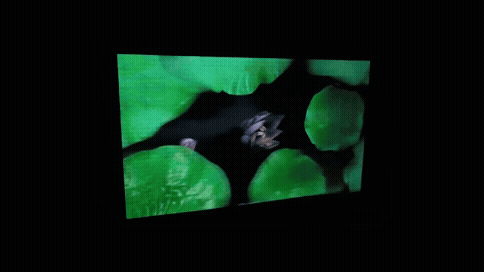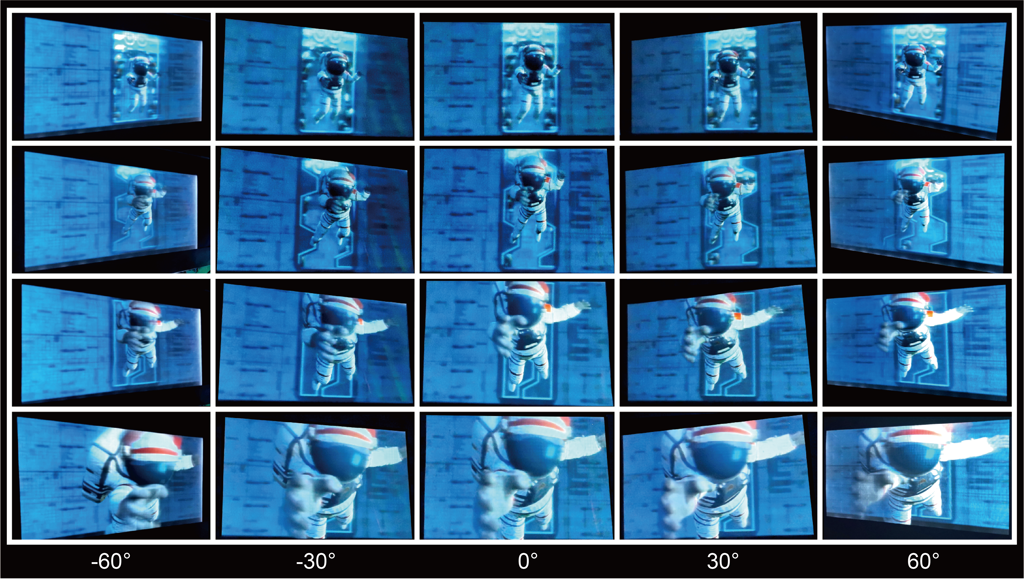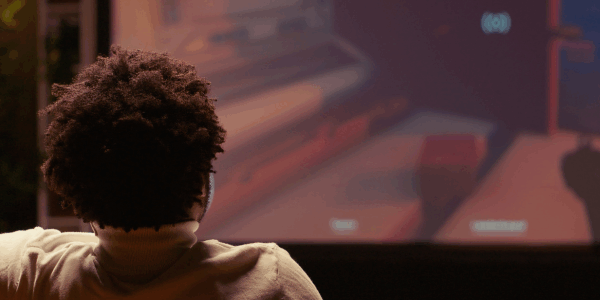Ultra-thin 3D display delivers wide-angle, highly-detailed images
Introduction
Scientists have created an ultra-thin, glasses-free 3D display that overcomes traditional trade-offs, offering a wide viewing angle, sharp image quality, and vivid depth. This breakthrough paves the way for highly detailed, interactive 3D applications in healthcare, education, and entertainment.

New Ultra-Thin 3D Display Breaks Barriers for Practical Use
“We’ve reduced the display’s thickness to just 28 mm, a fraction of the 500 mm required by standard systems,” said Xu Liu, the research team leader from China’s Zhejiang University. “Achieving such a compact form factor, along with a major increase in resolution, is crucial for transitioning this technology from the lab to practical applications.”
The team details their ultra-slim 32-inch prototype in a recent issue of Optica, a high-impact journal. The display, which is about the size of a standard large monitor, provides a broad 120-degree viewing angle and generates a substantial 3D volume.
“What sets this display apart is its consistent image clarity at every depth level, enabling an accurate perception of spatial relationships,” explained Rengmao Wu, the paper’s corresponding author from Zhejiang University. “This capability is transformative for fields like medicine, allowing surgeons to clearly discern complex structures such as tumors during procedures.”
Seeing 3D without glasses
3D light field displays work by projecting light through a directional backlight with extreme precision. This method sends a unique image to each eye, producing a glasses-free 3D experience with natural depth perception. The realism of this effect hinges on the voxels—the 3D equivalent of pixels—with a greater number of smaller, accurately formed voxels yielding more intricate detail and a more convincing sense of depth.

“Conventional light field displays are limited by how widely the backlight spreads, which restricts how small you can make the 3D pixels, or voxels,” explained Xinzhu Sang of Beijing University of Posts and Telecommunications, a key contributor to the project. “Our approach is far more accurate than current methods, allowing us to create much smaller voxels and achieve a major leap in resolution.”
The key to this breakthrough was the use of freeform optics—specially engineered freeform surfaces that manipulate light with unparalleled precision. This provided the flexibility to design an ultra-thin backlight system that still covers a large area. The core of the display is an array of miniature channels, each containing an LED, an aperture, and a freeform lens that shapes the light into a tightly controlled beam. By tiling these channels together, the team created a large, tailored directional backlight. A final module with two layers of micro-prisms was added to ensure the lighting was perfectly even across the entire display without sacrificing its precise directional control.
Clear gains over conventional displays
After constructing a 32-inch prototype, the team tested its performance with a 50-mm fixed-focus lens (f/2.8 aperture), a standard configuration for simulating human visual perception of depth and sharpness.
In a demonstration, the ultra-thin display rendered a scene of an astronaut floating near a space station. It achieved a continuous depth range of one meter and a viewing angle exceeding 120 degrees, resulting in a highly immersive and lifelike 3D experience.
Comparative analysis with conventional scattering backlight displays revealed the new design generates voxels that are six times smaller and preserves image resolution at longer viewing distances. Additionally, it proved to be roughly one hundred times more efficient at converting visual data into the final image.
Conclusion
Looking ahead, the researchers are focusing on making the device even thinner and lighter while boosting its optical efficiency. To pave the way for commercialization, they note that further advancements are required to shrink pixel structures, increase pixel density, and refine pixel shape for optimal integration with 3D display systems.
Copyright 2025 Optica. All Rights Reserved.
Contact us via email for more information.
References:
Z. Zhang, Z. Zhang, X. Fang, S. Liu, Z. Liu, J. Zheng, R. Zhao, H. Wang, J. She, H. Li, X. Sang, X. Liu, X. Yu, R. Wu, “Miniaturized-voxel light field panel display based on an ultra-slim and large-area freeform directional backlight”12, 1632-1639 (2025) DOI: 10.1364/OPTICA.571647.


